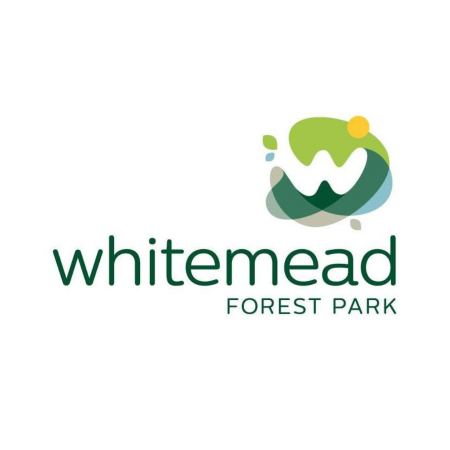In case you missed it see what’s in this section
Let's Talk
Four Uses for Plywood in Construction
Plywood is one of the most abundant processed materials available in construction. This inexpensive product, made from the stacking and gluing of wood veneers to form a durable, moisture resistant sheet material, lives two lives; on the one hand, it is a cheap construction material with some unique qualities, while on the other hand its utilitarian aesthetics lend it well to high-concept minimalist design. This unique position makes plywood highly versatile – but how exactly is it used in construction?
Concrete Formworks
Processed timber sheets have a wide variety of direct uses in construction and decoration, some of which will be outlined in due time. However, one of the more important uses for plywood and other sheet timbers is, functionally, temporary in nature. Plywood materials are frequently used for the pouring of concrete, and indispensably so to boot.
The structural stability and relative inexpensiveness of plywood makes it the ideal material for concrete formworks. Sheets can be cut to size and fixed together to create boundaries for the pouring concrete, whether for foundations, pillars or panels for use in newer and bespoke builds. The plywood can be easily removed from the set concrete, and in some cases is used for the finish it imbues upon concrete surfaces.
Fitted Furnishings
Plywood is much more widely recognised as a contemporary material for use in furnishings, whether it is veneered and used for cheap flat-pack items or incorporated into bespoke furniture designs. Certain classes of plywood can be bent and formed into shape, enabling complex morphologies to take form. As such, plywood lends itself extremely well to the construction of fitted furnishings, designed to blend seamlessly into existing superstructures.
Such fitted furnishings might be stepped platforms with integrated storage capacity – a popular choice for ‘tiny homes’ and van conversion builds. Alternatively, plywood is used to create atypical curved forms for integrated wall storage.
Wall Sheathing
Speaking of walls, plywood can have a fundamental role to play in the construction of walls, both internal and external. Structural plywoods with unique tensile and compressive strength can be used to clad external timber structures, something which is more commonly done in the United States than in the UK. Here, plywood is more likely used internally, to clad stud walls after insulation is installed and provide a uniform base for the application of plaster.
Roofing and Flooring
Plywood’s uses are not limited to wall structures, though. Indeed, plywood is more commonly found under-foot, as a cheap alternative to wooden planks for forming the base floor layer over joists. This plywood, again, provides a flat and clean surface for underlay and carpet – guaranteeing a more even finish.
Finally, plywood is used in similar capacity to clad roof frames before weatherproofing materials are added. Plywood sheets form a surface under which insulation can be installed, and onto which semi-permeable membranes can be attached.
Weather in Bristol
Listings
















